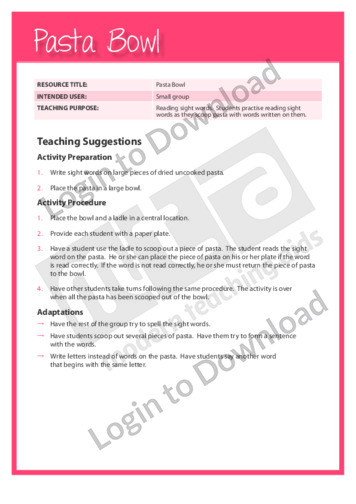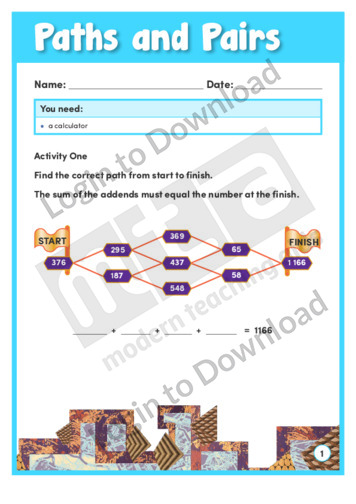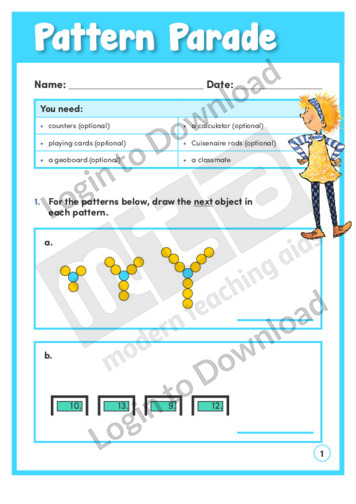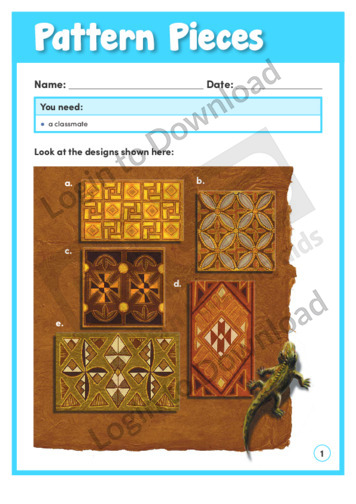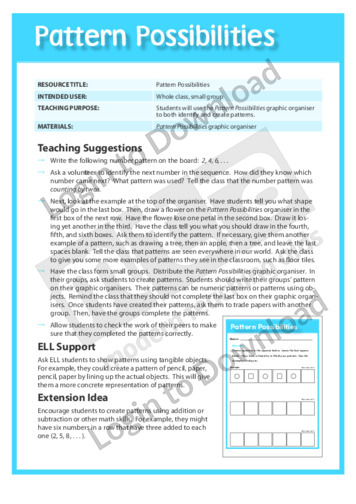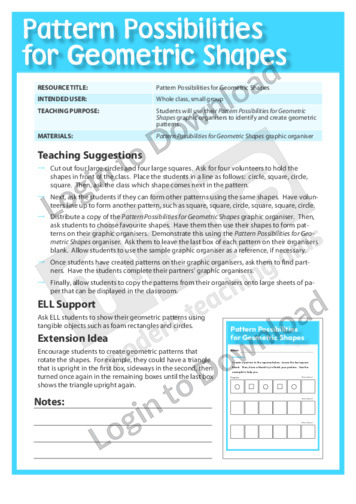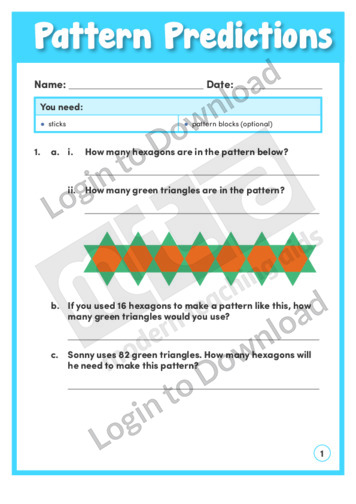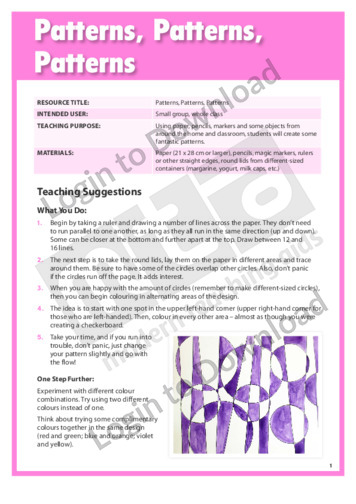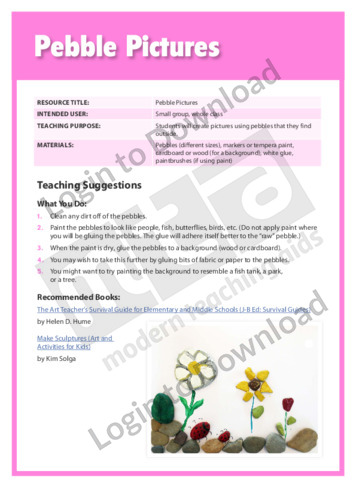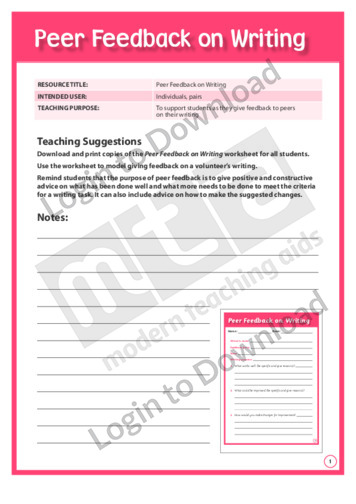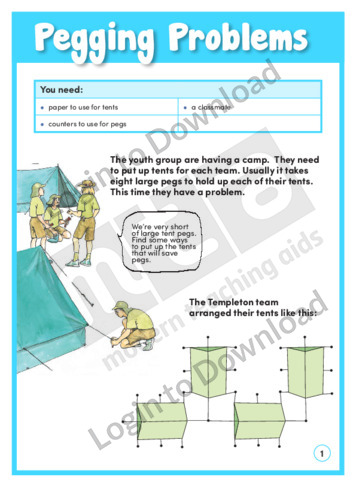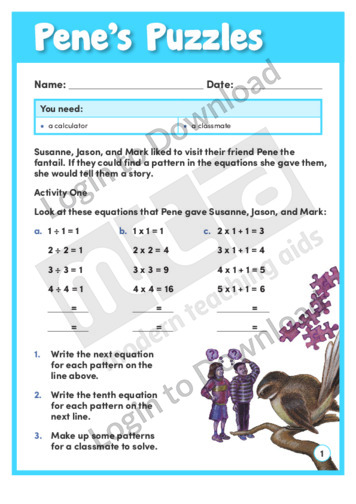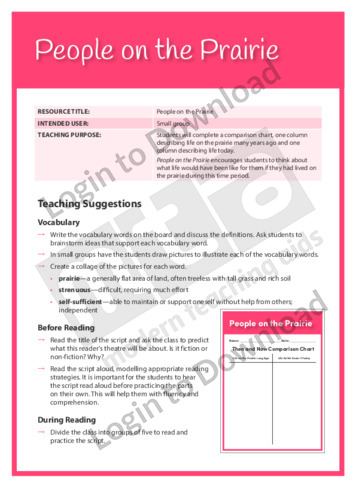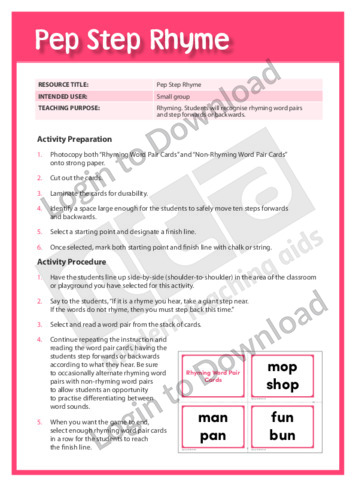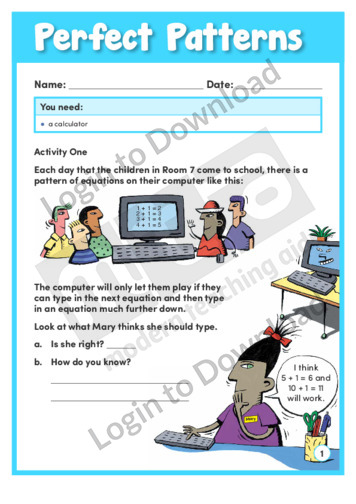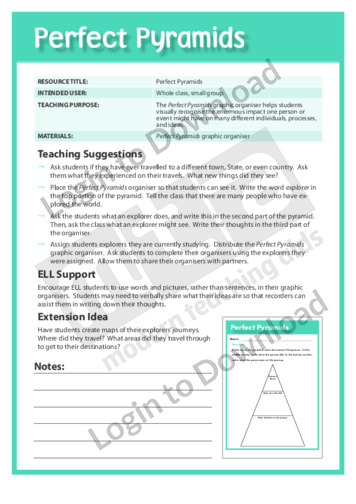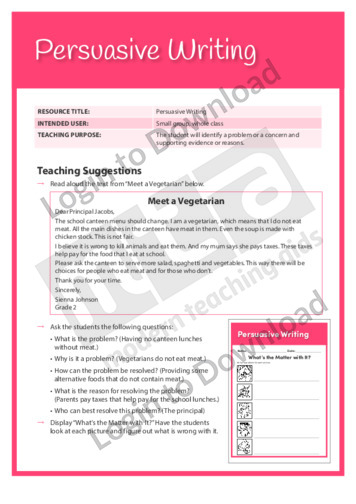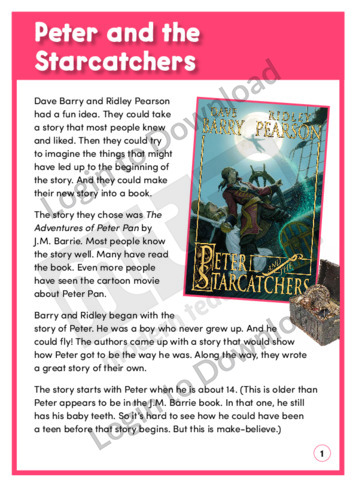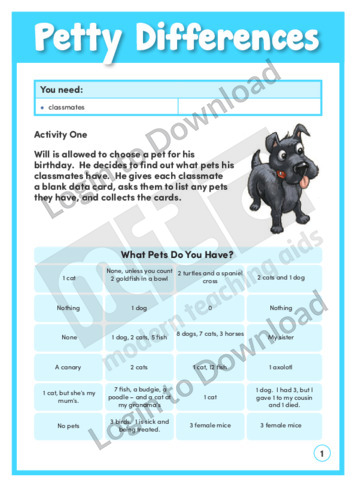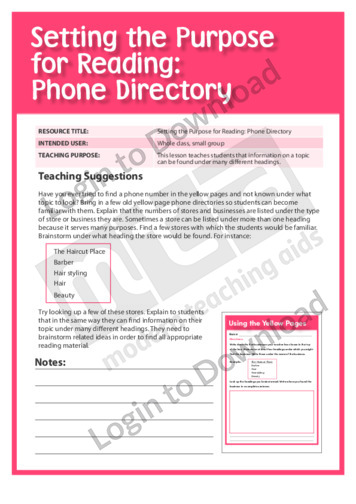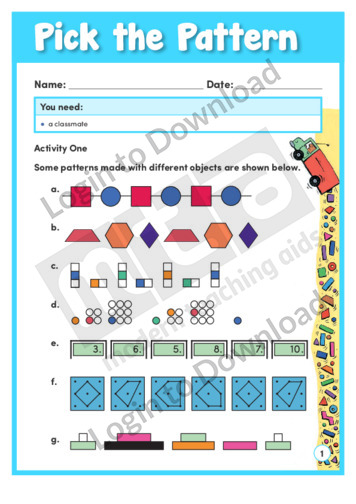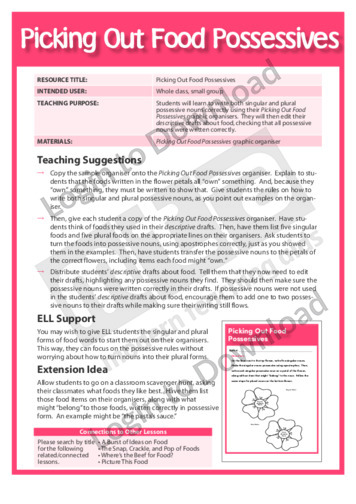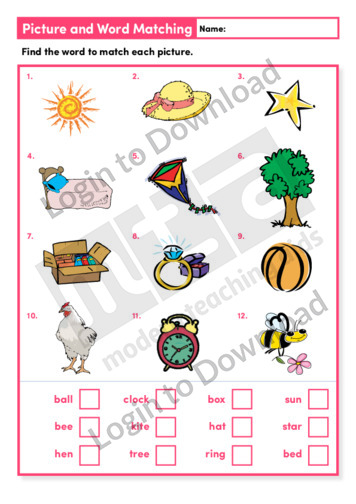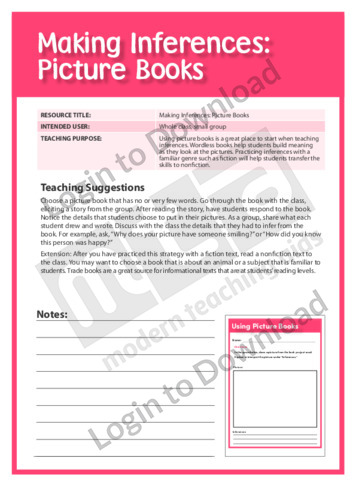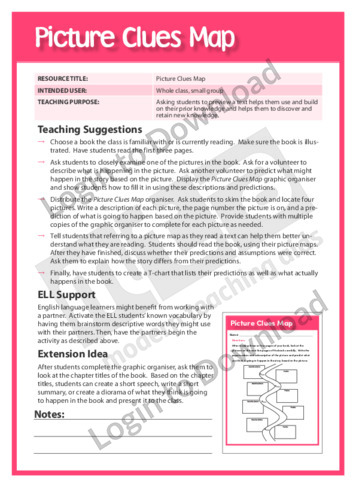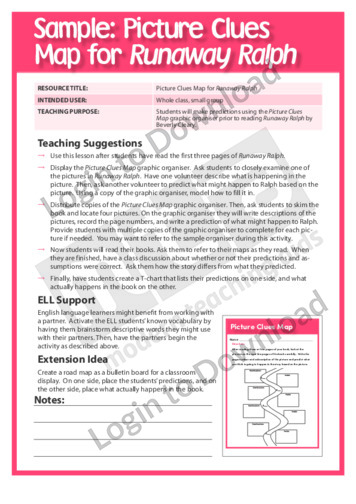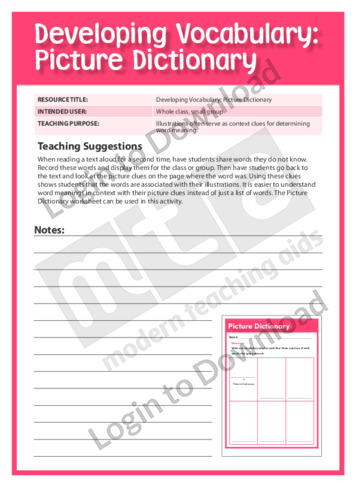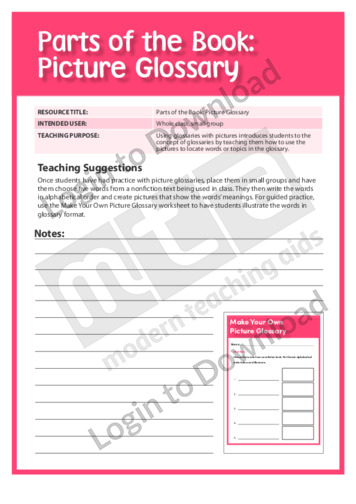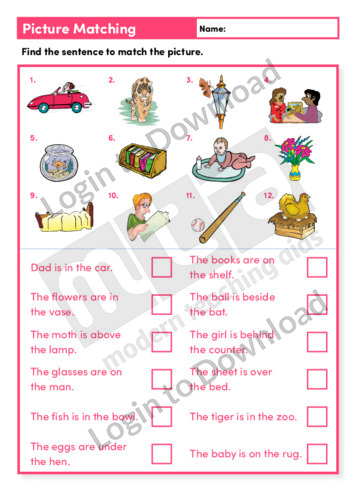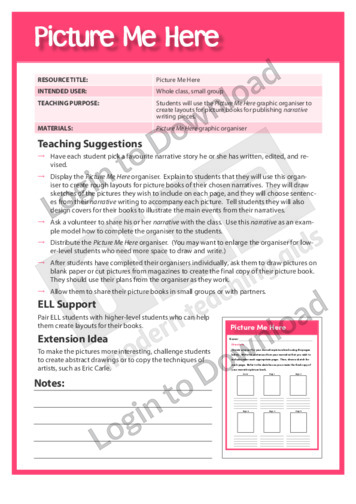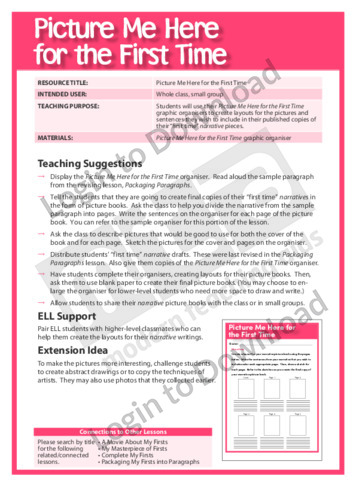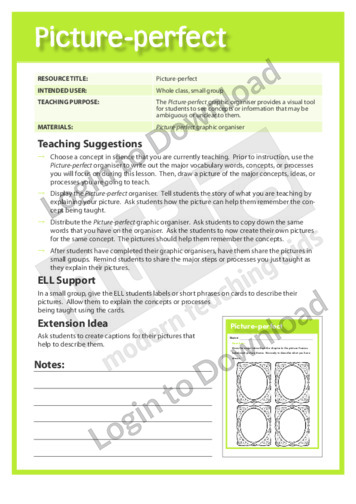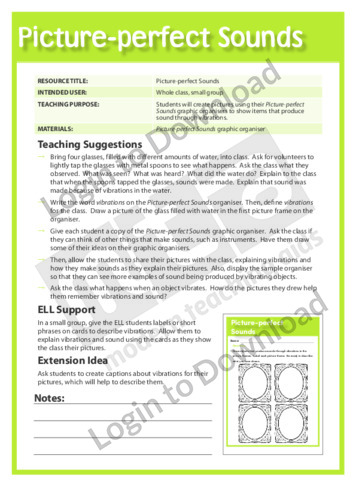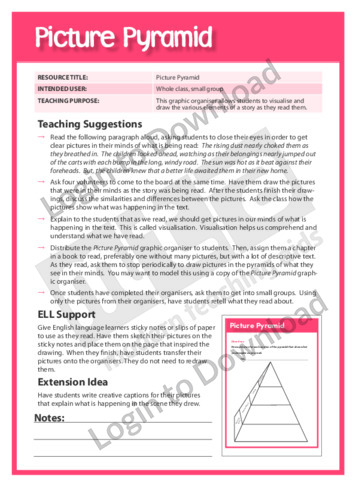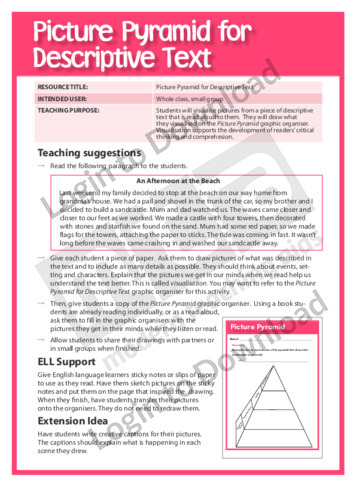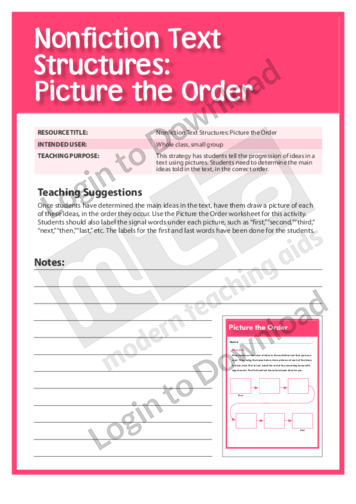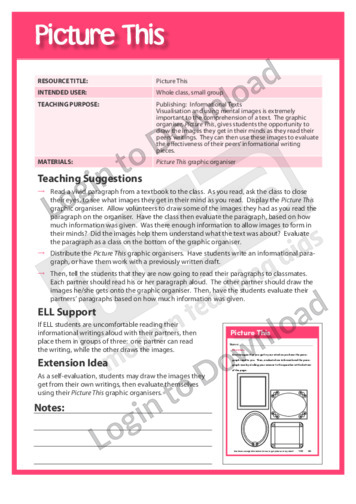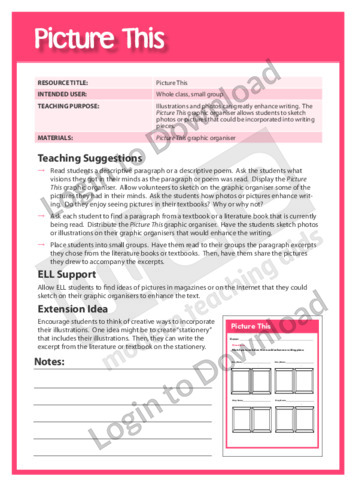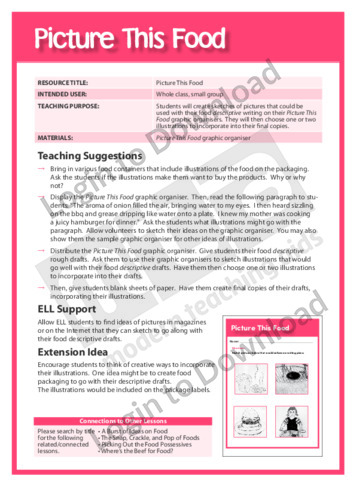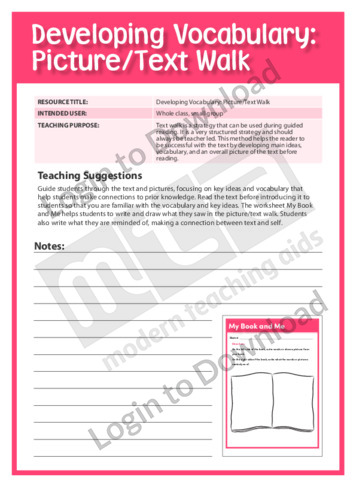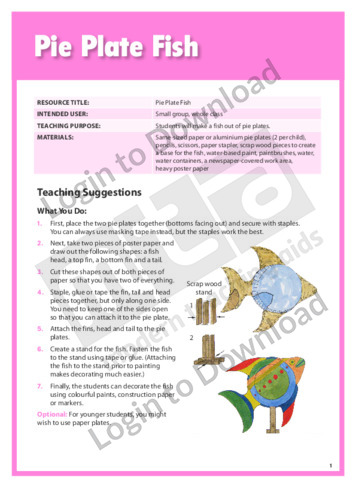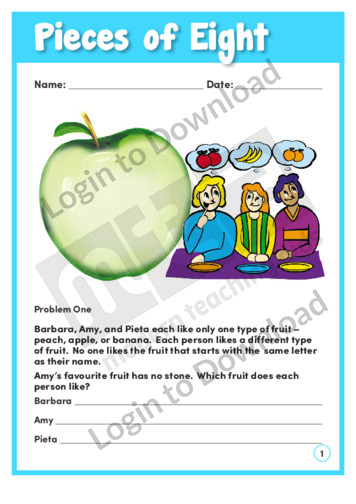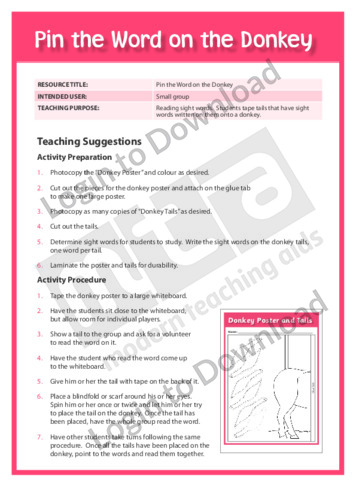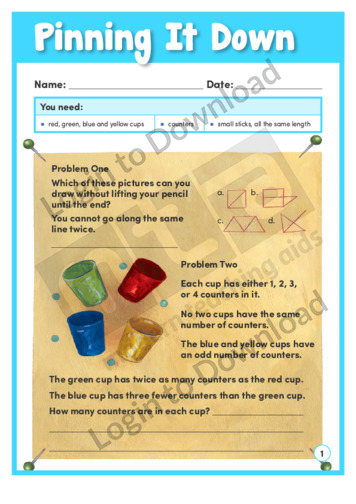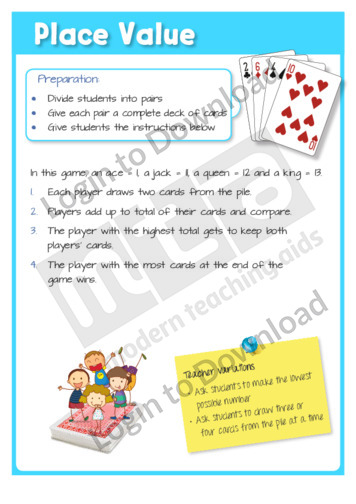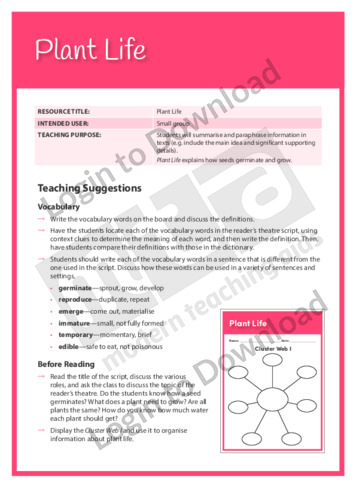This reading activity, ‘Pasta Bowl’ supports reading development by encouraging students to practise reading sight words as they scoop pasta with words written on them. It is aimed at developing students’ awareness of sight words.
This learning activity, ‘Pata Tika’, provides instructions for a traditional guessing game for two players or a whole class. The game encourages students to develop systematic thinking skills. The accompanying teaching notes include suggestions for supporting learning and further exploration.
In this learning activity, ‘Paths and Pairs’ students explore ‘paths’ that involve adding numbers to reach a (numerical) goal. It’s a fun way to practise adding larger numbers and using a calculator to check answers. An answer sheet is provided and includes accompanying teaching notes with suggestions for supporting learning and further exploration.
This learning activity, ‘Pattern Parade’ gives students opportunities to make a variety of sequential patterns. It challenges students to identify rules to replicate and extend patterns. Students are encouraged to discuss their results with a classmate. An answer sheet is provided and includes accompanying teaching notes with suggestions for supporting learning and further exploration.
This learning activity, ‘Pattern Pieces’, asks students to describe the symmetry of five designs. It includes a copy of the designs that students can cut out and manipulate. An answer sheet is provided and includes accompanying teaching notes with suggestions for supporting learning and further exploration.
This graphic organiser, ‘Pattern Possibilities’ supports students to identify and create patterns.
This graphic organiser, ‘Pattern Possibilities for Geometric Shapes’ supports students to identify and create geometric patterns.
In the learning activity, ‘Pattern Predictions’, students are challenged to go beyond lengthy counting to find ways of calculating the numbers of shapes in repeating (recursive) patterns that have two elements. An answer sheet is provided and includes accompanying teaching notes with suggestions for supporting learning and further exploration.
This maths activity, ‘Pattern Race’ develops basic maths skills by encouraging students to create patterns using number cards while students race against the clock. It is aimed at developing students’ awareness of basic patterns. It provides shape pictures and number cards.
This art project ‘Patterns, Patterns, Patterns’ enables students to create patterned pictures using lines, shapes and colours. It is aimed at developing students’ awareness of basic artistic procedures. It provides a list of materials, easy-to-follow step-by-step art instructions and a recommended art book.
This art project ‘Pebbles Pictures’ enables students to create pictures with pebbles. It is aimed at developing students’ awareness of basic artistic procedures. It provides a list of materials, easy-to-follow step-by-step art instructions and a list of recommended art books.
This writing activity, ‘Peer Feedback on Writing’ supports language development by encouraging students to enable them to provide feedback to other students on their writing. It is aimed at developing students’ awareness of giving positive and constructive advice on what has been done well and what more needs to be done to meet the criteria …More
The learning activity, ‘Pegging Problems’ can also be used as an engaging hands-on activity. Students use sheets of paper and counters to find out how many pegs are required to secure an increasing number of tents. They identify rules as they discuss their results with a classmate. An answer sheet is provided and includes accompanying …More
The learning activity ‘Pene’s Puzzles’ asks students to find patterns in equations and solve number puzzles. They need to use their knowledge of sequences and use algebraic notation to solve equations. Students can create more number puzzles to share with their classmates. An answer sheet is provided and includes accompanying teaching notes with suggestions for …More
This art project ‘Penguins, Penguins, Penguins’ enables students to create penguins from recycled drinking bottles. It is aimed at developing students’ awareness of basic artistic procedures. It provides a list of materials, easy-to-follow step-by-step art instructions, instructions on how to make papier mache pulp and a list of recommended art books.
This Readers Theatre activity, “Celebrate Diversity” encourages students to compare and contrast historical story events and themes with their knowledge of the present day. It also builds reading fluency. This activity includes a script for 5 readers.
This content area reading learning activity, ‘People or Character,’ helps students make inferences about how the characters in a text are feeling. It has students choose a person from the text and record his or her actions and inferences about how the person felt as a result of those actions.
This phonemic awareness activity, ‘Pet Step Rhyme’ supports language development by encouraging students to recognise rhyming word pairs and step forwards and backwards. It is aimed at developing students’ awareness of rhyming. It provides rhyming word pair cards.
This maths activity, ‘Pepperoni Plus’ develops basic maths skills by encouraging students to create and solve addition problems. It is aimed at developing students’ knowledge of adding. It provides a pizza pattern template, a mixed topping pizza template and number cards.
This learning activity, ‘Perfect Patterns’, shows a series of computer screens displaying patterns of equations. Students must work out the next equations and then make up their own equation patterns. An answer sheet is provided and includes teaching notes with suggestions for supporting learning and further exploration.
This graphic organiser, ‘Perfect Pyramids’ helps students visually recognise the enormous impact one person or event may have on many different individuals, processes and ideas.
This Writing Traits activity, ‘Persuasive Writing’ encourages students to identify a problem and provide supporting evidence.
This content area reading activity, ‘Peter and the Starcatchers’ is an English based reading comprehension exercise encouraging students to understand the purpose of a book review.
This content area reading activity, ‘Pets for Health is a science based reading comprehension exercise encouraging students to practise reading between the lines.
This content area reading learning activity, ‘Phone Directory,’ teaches students that information on a topic can be found under many different headings. It is aimed at teaching students how to brainstorm related ideas in order to find all appropriate reading material.
This learning activity, ‘Pick the Pattern’, asks students to find the tenth and twentieth objects in various sequential patterns. Students are then prompted to make up their own pattern. An answer sheet is provided and includes teaching notes with suggestions for supporting learning and further exploration.
This graphic organiser, ‘Picking Out Possessives’ supports students in editing and revising their writing, focusing on correct use of possessive singular and plural nouns.
This graphic organiser, ‘ Picking Out the Food Possessives’ supports students in editing and revising their food writing, focusing on correct use of possessive singular and plural nouns.
This vocabulary activity, ‘Picture and Word Matching’ supports vocabulary development through word and picture association.
This content area reading learning activity, ‘Picture Books,’ helps students practice inferencing. It is aimed at helping students build meaning using the pictures in wordless books.
This graphic organiser, ‘Picture Clues Map’ asks students to preview a text and use their prior knowledge to predict the outcomes.
This graphic organiser, ‘Picture Clues Map for Runaway Ralph’ asks students to make predictions prior to reading Runaway Ralph by Beverly Cleary.
This content area reading learning activity, ‘Picture Dictionary,’ helps students use illustrations to determine word meanings. It is aimed at helping students with vocabulary development by having them use context clues.
This content area reading learning activity, ‘Picture Glossary,’ introduces students to the concept of glossaries. It uses a picture glossary to teach students how use the pictures to locate words or topics in the glossary.
This reading activity, ‘Picture Matching’ provides opportunities for practice with matching pictures to simple sentences.
This reading activity, ‘Picture Matching’ provides opportunities for practice with matching pictures to simple sentences.
This graphic organiser, ‘Picture Me Here’ provides students the opportunity to design final layouts for their narrative picture books.
This graphic organiser, ‘Picture Me Here for the First Time’ provides students the opportunity to design final layouts for their first time narratives.
This graphic organiser, ‘Picture My Science Topic’ provides students with the opportunity to draw mental images to aid the comprehension of a science topic.
This graphic organiser, ‘Picture Perfect’ provides students with a visual tool to see concepts or information that may be ambiguous or unclear to them.
This graphic organiser, ‘Picture Perfect Sounds’ provides students with a visual tool to identify items that produce sounds through vibrations.
This graphic organiser, ‘Picture Pyramid’ allows students to visualise and draw the various elements of a story as they read them.
This graphic organiser, ‘Picture Pyramid for Descriptive Text’ asks students to visualise pictures from a piece of descriptive text that is read aloud to them, then create drawings from their visualisations.
This content area reading learning activity, ‘Picture the Order,’ helps students tell the progression of ideas in a text using pictures. It is aimed at teaching students how to determine the main ideas told in the text, in the correct order.
This graphic organiser, ‘Picture This’ provides students with the opportunity to draw mental images to aid the comprehension of a text.
This graphic organiser, ‘Picture This’ supports students in editing and revising their writing, focusing on the use of illustrations to enhance their writing.
This graphic organiser, ‘ Picture This Food’ supports students in editing and revising their writing, focusing on the use of illustrations to enhance their descriptive drafts.
This content area reading learning activity, ‘Picture/Text Walk,’ is a very structured strategy that can be used during guided reading. It is aimed at helping students develop main ideas, vocabulary, and an overall picture of the text before reading.
This art project ‘Pie Plate Fish’ enables students to create fish out of pie plates. It is aimed at developing students’ awareness of basic artistic procedures. It provides a list of materials, easy-to-follow step-by-step art instructions and a list of recommended art books.
The learning activity ‘Pieces of Eight’ contains a variety of short problems for students to solve and discuss. The problems engage students in thinking about the strategies they can use to solve problems that involve choosing fruit, solving equations, and examining a tetrahedron. An answer sheet is provided and includes teaching notes to support learning …More
This reading activity, ‘Pin the Word on the Donkey’ supports reading development by encouraging students to tape tails that have sight words written on them onto a donkey. It is aimed at developing students’ awareness of sight words. It provides a donkey poster and tails.
The learning activity ‘Pinning It Down’ poses problems students need to discuss and solve by using number knowledge and strategies. Two are number puzzles and two involve the lines and angles of shapes. An answer sheet is provided and includes teaching notes to support learning and further exploration.
This maths activity, ‘Pip-Pip-Hooray!’ develops basic maths skills by encouraging students to practise addition, as part of a game played in small groups with dominoes and number cards. It includes number cards from zero to 19 to be distributed to each group.
In this learning activity, ‘Pirate Island’, students follow a set of directions and mark a map with the route to Long von Silver’s buried treasure. Students then hide their own treasure and make up instructions for their classmates to follow. An answer sheet is provided and includes teaching notes with suggestions for supporting learning and …More
This maths activity, ‘Place Value’ develops basic maths skills by encouraging students to practise place value as part of a game played in pairs with playing cards.
This maths activity, ‘Place Value Hunt’ develops basic maths skills by encouraging students to practise place value as part of a guessing game played in pairs.
This Readers Theatre activity, ‘Plant Life’ encourages students to summarise and paraphrase information in texts. It also builds reading fluency. This activity includes a script for 4 readers.
This art project ‘Plastic-Cup Maracas’ enables students to create maracas from plastic cups. It is aimed at developing students’ awareness of basic artistic procedures. It provides a list of materials, easy-to-follow step-by-step art instructions and a list of recommended art books.
This phonemic awareness activity, ‘Play Dough Stretch’ supports language development by encouraging students to stretch the sounds in words as they roll play dough. It is aimed at developing students’ awareness of sound segmentation. It provides word lists and a play dough recipe.
It�s that easy!

